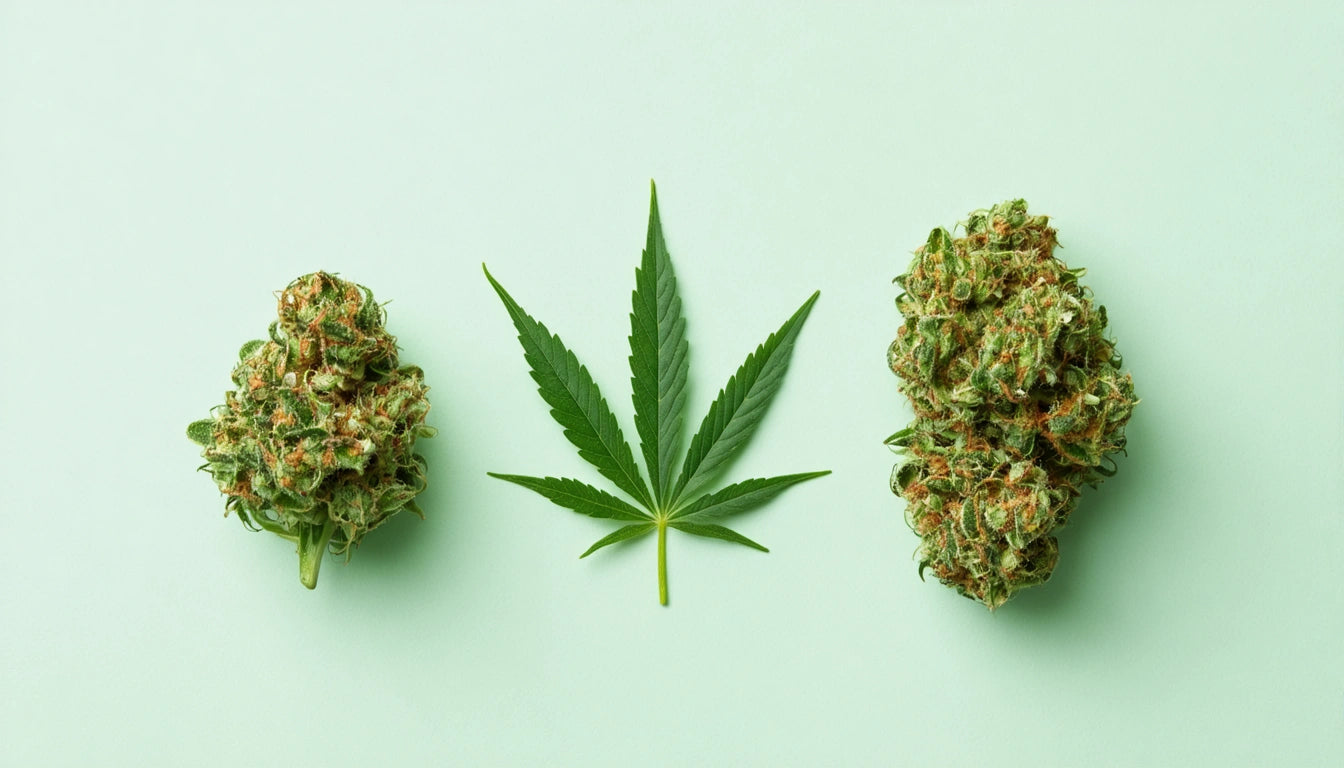Table of Contents
- Understanding Just-In-Time and Bulk Inventory Approaches
- Financial Implications of Different Inventory Strategies
- Operational Considerations for Cannabis Packaging
- Supply Chain Resilience and Risk Management
- Implementing Hybrid Models for Optimal Results
- Strategic Decision Framework for Cannabis Brands
Cannabis brands face unique challenges when managing packaging inventory. The decision between just-in-time (JIT) and bulk purchasing strategies impacts cash flow, storage requirements, and operational efficiency. This guide examines both approaches to help cannabis operators determine the optimal inventory management system for their specific needs.
Understanding Just-In-Time and Bulk Inventory Approaches
Just-in-time inventory minimizes on-hand stock by ordering packaging materials shortly before they're needed for production. In contrast, bulk purchasing involves buying larger quantities less frequently, often at volume discounts.
Just-In-Time Benefits
- Reduced warehouse space requirements
- Lower upfront capital investment
- Flexibility to adapt to changing compliance requirements
- Minimized risk of obsolescence if packaging designs change
Bulk Purchasing Advantages
- Volume discounts reducing per-unit costs
- Reduced frequency of purchase orders and administrative work
- Buffer against supply chain disruptions
- Lower shipping costs per unit
According to industry comparisons, smaller brands often start with JIT before transitioning to hybrid models as they scale.
Financial Implications of Different Inventory Strategies
The financial impact of inventory strategy extends beyond the purchase price. Cannabis operators must consider several factors when evaluating total cost.
Cash Flow Considerations
JIT preserves working capital by spreading expenditures over time rather than making large upfront investments. This can be crucial for startups and growing brands with limited capital reserves.
Volume Pricing Thresholds
Bulk purchasing typically unlocks tiered pricing. For example, custom pre-roll cones often come with significant discounts at higher volume thresholds, making bulk ordering economically advantageous for brands with consistent pre-roll production.
Tracking your cost per SKU becomes essential when evaluating these financial tradeoffs.
Operational Considerations for Cannabis Packaging
Storage Requirements and Conditions
Bulk inventory requires adequate storage space with proper environmental controls. Cannabis packaging materials often have specific storage requirements to maintain integrity. Proper storage techniques prevent damage from humidity, temperature fluctuations, and UV exposure.
Workflow and Assembly Line Integration
JIT inventory systems require tight integration with production schedules. This approach works best when paired with efficient assembly processes and clear standard operating procedures.
Multiple Product Lines Management
Cannabis brands with diverse product offerings face additional complexity. Managing inventory across product lines requires sophisticated tracking systems and forecasting methods.
Supply Chain Resilience and Risk Management
Recent years have highlighted the vulnerability of supply chains to disruption. Cannabis brands must balance efficiency with resilience.
Mitigating Supply Chain Disruptions
JIT systems are particularly vulnerable to supply chain interruptions. Building supply chain resilience may require maintaining safety stock of critical packaging components.
Seasonal Demand Planning
Cannabis sales often fluctuate seasonally, with holidays and events driving demand spikes. Forecasting for seasonal demand helps determine when to increase inventory levels ahead of anticipated sales increases.
Implementing Hybrid Models for Optimal Results
Many successful cannabis brands implement hybrid inventory models that combine elements of both JIT and bulk purchasing.
Tiered Inventory Approach
A tiered approach categorizes packaging materials by criticality, demand predictability, and lead time:
- Critical components with long lead times: Maintain buffer stock
- Standard items with reliable suppliers: JIT ordering
- High-volume standardized items: Bulk purchasing
Technology Integration
Integrating inventory systems with POS and production software enables data-driven decisions. Automated reordering points can be established based on usage patterns and lead times.
Strategic Decision Framework for Cannabis Brands
When determining the right inventory approach, cannabis brands should evaluate several key factors:
- Current growth stage and capital position
- Production predictability and seasonality
- Storage capacity and conditions
- Supplier reliability and lead times
- Packaging customization requirements
Creating a standardized workflow that incorporates your inventory strategy ensures consistency regardless of which approach you choose.
The most successful cannabis brands regularly reassess their inventory strategy as they scale, adapting from primarily JIT to more sophisticated hybrid models that balance efficiency with resilience. This evolution supports both immediate operational needs and long-term growth objectives.











Leave a comment
All comments are moderated before being published.
This site is protected by hCaptcha and the hCaptcha Privacy Policy and Terms of Service apply.